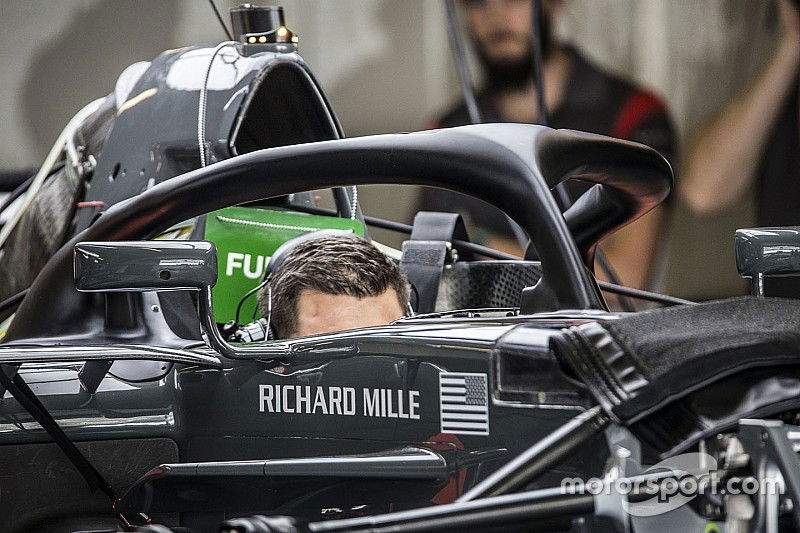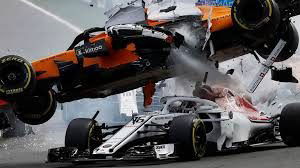

F1 bosses hope to introduce a new version of the Halo in time for the regulation change planned for 2021.
Watch What’s Trending Now!
The Halo device was controversially made mandatory for all cars ahead of the current season. It was the culmination of research into frontal cockpit protection dating back to 2009; the Halo device was chosen over two other prototypes, the Shield and the Aeroscreen, which were also trialled in previous seasons.
At last weekend’s Belgian Grand Prix the device came into sharp focus again, when a Turn 1 collision caused Fernando Alonso to somersault over the Sauber of Charles Leclerc. Replays which have emerged since have shown the Halo absorbing much of the impact of Alonso’s car as it bounced over the Sauber — after the race, 2016 world champion Nico Rosberg argued the debate around the device’s legitimacy can now be ended.
ADVERTISEMENT
F1 race director Charlie Whiting says that, although there is no definite conclusion of the role the Halo played, the feedback since has been overwhelmingly positive.

Imago
The HALO does its job
Speaking in a video posted to the FIA website, Whiting said: “Since that accident in Spa I’ve had a number of emails from people who had been form detractors, now they’re saying ‘the argument is over’.”
ADVERTISEMENT
Whiting has confirmed that development of the Halo will continue even further.
“There is further research going on for a new iteration, probably 2021, for a possibly more aesthetically pleasing to some. But that’s not the predominant reason for doing it. But I have to say the halo project was the most thoroughly researched project we’ve ever done, by a long way.
ADVERTISEMENT
“We put an awful lot of work into trying to look at all the incidents where it may have helped, you’ve probably seen the presentations, we tried to assess what would have happened with or without it. It was a massively complex piece of research, it would have to be similarly thorough if we want to do another version of it.”

ADVERTISEMENT
ADVERTISEMENT
ADVERTISEMENT
ADVERTISEMENT

